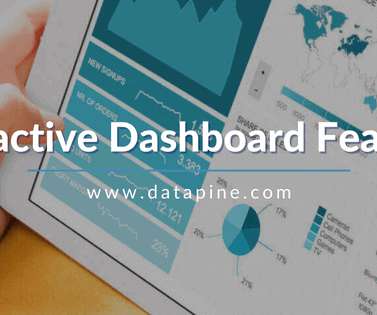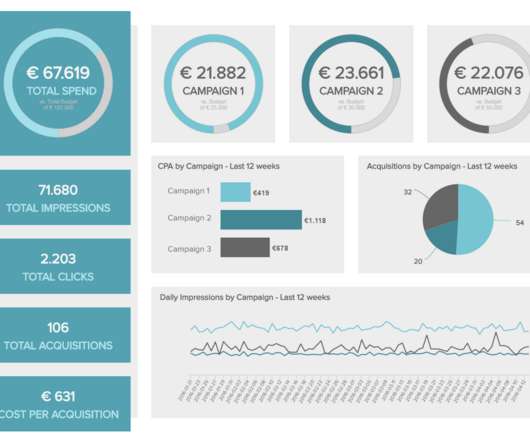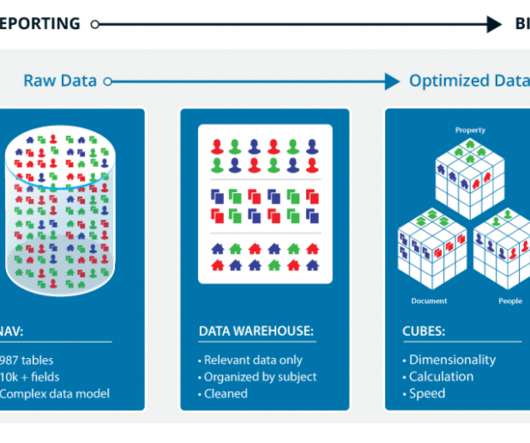Common Business Intelligence Challenges Facing Entrepreneurs
datapine
MAY 21, 2019
Robust dashboards can be easily implemented, allowing potential savings and profits to be quickly highlighted with simple slicing and dicing of the data. Consult with key stakeholders, including IT, finance, marketing, sales, and operations. Ineffective dashboards can be easily updated to focus on business needs.















Let's personalize your content